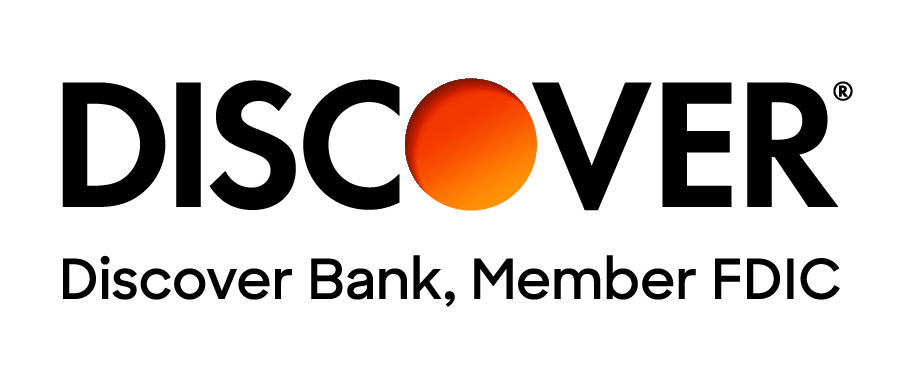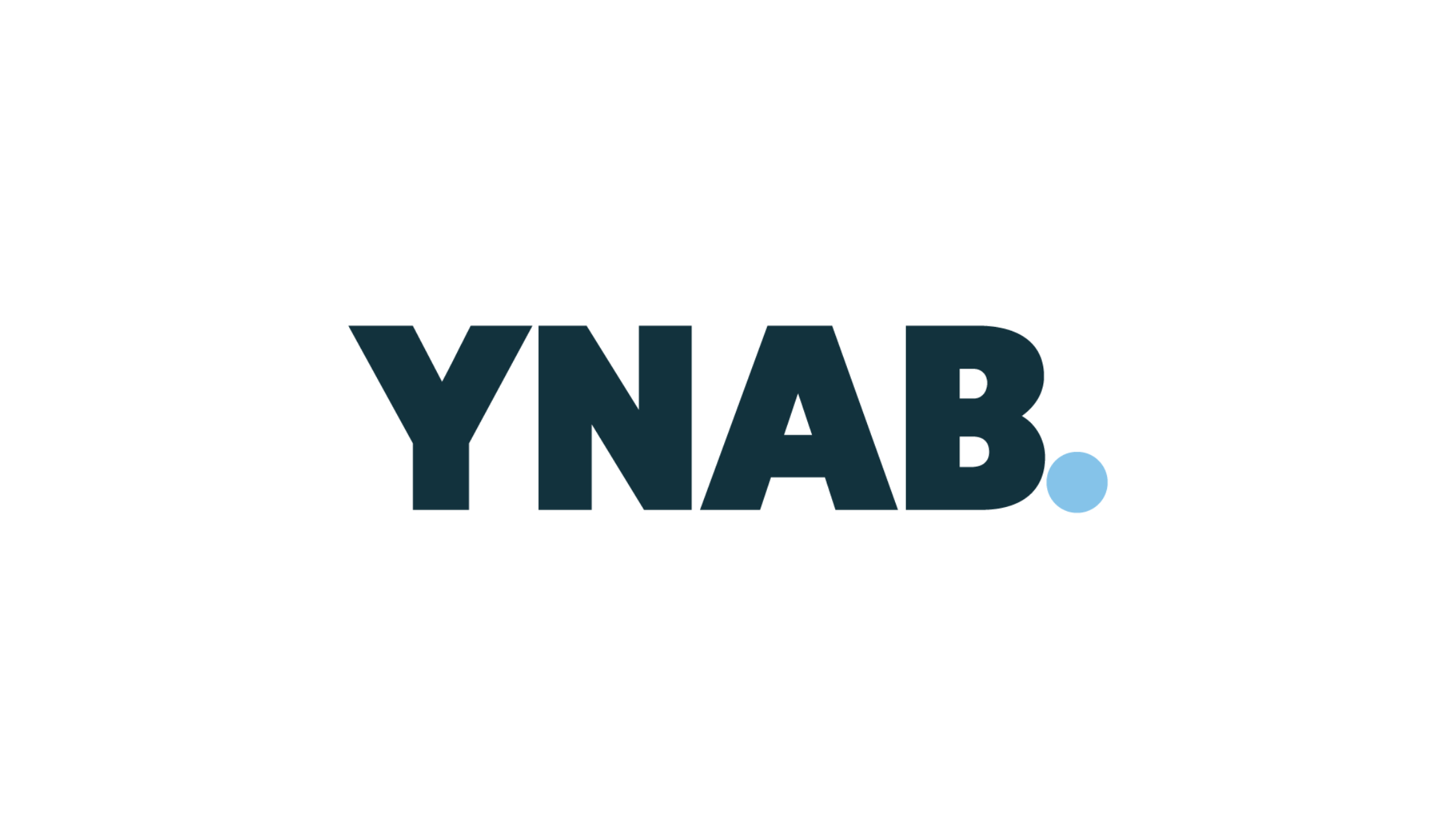Credit cards can be incredibly useful tools when managed wisely. They allow you to make purchases conveniently without needing to carry cash, and many come with rewards like cashback, travel points, or discounts that you can earn as you spend. Using a credit card responsibly can also help you build your credit score, which is important for opportunities like getting a car loan or renting an apartment in the future.
However, credit cards also come with risks, especially if they're mismanaged. If you spend more than you can afford to pay back, you can quickly find yourself stuck in debt. High interest rates on unpaid balances mean that the longer you take to pay off what you owe, the more expensive that debt becomes. It's easy to make minimum payments and avoid thinking about the balance growing, but this can lead to serious financial troubles over time. Using a credit card successfully means understanding these risks and planning your spending carefully.
1. Create and Stick to a Budget
One of the best ways to avoid credit card debt is to create and stick to a budget. A budget helps you keep track of where your money is going and ensures you're spending within your means. When you know exactly how much you can afford, it becomes easier to avoid overcharging your credit card. Start by calculating your monthly income and essential expenses, such as rent, groceries, and bills. Once you’ve covered the necessities, set a limit on how much you can spend on non-essentials, like eating out or shopping.
To make budgeting easier, consider using tools or apps to track your expenses. Apps like YNAB (You Need a Budget), or EveryDollar are great for helping you monitor your spending and stay on track. They categorize your purchases and give you a clear picture of where your money is going. You can also set alerts to warn you when you’re close to exceeding your limits.
Try to base your spending limits on both your income and your financial goals. If you’re aiming to save for something big, like a vacation or emergency fund, factor that into your budget. Sticking to a budget not only keeps you out of debt but also helps you stay in control of your finances and work toward a more secure future.
2. Pay Balances in Full Each Month
A popular strategy to avoid credit card debt is to always pay your balance in full each month. By clearing your entire balance by the due date, you won’t get hit with interest charges, which can quickly add up over time.
When you only pay the minimum amount due, the remaining balance starts to grow because of interest. This can make it harder and harder to pay off what you owe and could trap you in a cycle of debt. Paying in full every month keeps you in control of your spending and ensures that you’re using your credit card as a helpful tool, instead of letting it turn into a financial burden.
3. Understand Interest Rates and Fees
One key to avoiding debt is understanding how credit card interest rates and fees work. Credit card interest is typically calculated using the annual percentage rate (APR), which represents how much interest you’ll be charged over a year if you carry a balance. If you don’t pay your balance in full by the due date, your remaining debt will start collecting interest daily, making the total amount you owe grow quickly.
Missing a payment can lead to costly late fees or even penalties, like an increased APR, making your credit card even harder to manage. To stay ahead, always make your payments on time and aim to pay as much of your balance as possible. When choosing a credit card, it’s smart to look for ones with lower APRs, no annual fees, or balance transfer options. These cards often save you money in the long run, giving you more room to use credit wisely without unnecessary extra costs. By knowing how interest and fees work, you can make informed decisions and avoid debt traps.
4. Avoid Unnecessary Purchases
The most logical way to avoid credit card debt is by staying mindful of your spending habits, especially when it comes to unnecessary purchases. Credit cards can make it feel easy to buy things in the moment, but it’s important to prioritize your “needs” over your “wants.” Needs include things like groceries, rent, or medical bills—essentials you can’t go without. On the other hand, wants are items or experiences that might be nice to have, like a new gadget, fancy clothing, or eating out at a restaurant.
Impulsive spending on “wants” is one of the quickest ways to rack up unnecessary credit card debt. Instead of buying something right away, try waiting 24 hours before making the purchase. This gives you time to really think about whether it’s something you need or just a passing desire. You might even realize later that you don’t want it as much as you thought! Another helpful tip is to make a budget for yourself and stick to it, leaving room only for the essentials. By staying disciplined and delaying non-essential purchases, you can keep your credit card balance low and avoid the stress of mounting debt.
5. Set Alerts and Automate Payments
A creative way to avoid debt is to set up alerts and automate your payments. Start by setting reminders for your credit card due dates. These can be text or email notifications from your bank, or even alarms on your phone. Staying on top of due dates helps you avoid late payments and the fees or interest charges that come with them.
You can take it a step further by automating your payments. By scheduling automatic payments through your bank, you’re less likely to miss a bill, even if life gets busy. At the very least, consider automating the minimum payment amount to protect your credit score. This way, you’ll avoid late payment penalties and keep your credit in good standing, while still having the flexibility to pay off more when you can. With these simple habits, you can stay on track and keep debt under control.
6. Keep Credit Utilization Low
Credit utilization refers to the percentage of your available credit that you’re currently using. For example, if you have a credit card with a $10,000 limit and a $3,000 balance, your credit utilization rate is 30%. Financial experts recommend keeping this rate below 30% to maintain a healthy credit score and avoid the risk of overextending yourself financially. High credit utilization can signal lenders that you’re relying too heavily on credit, which could make you seem like a risk.
To keep your credit utilization low, try to pay down balances as quickly as possible, ideally before your billing cycle ends, so lower balances are reported to credit bureaus. If you’re finding it difficult to stay under 30%, consider spreading out your purchases across multiple credit accounts to prevent any one card from nearing its limit. Additionally, you can request a credit limit increase from your issuer—but be sure not to treat this as an invitation to spend more. By managing your credit wisely, you’ll protect your financial health and build a strong foundation for future opportunities.








